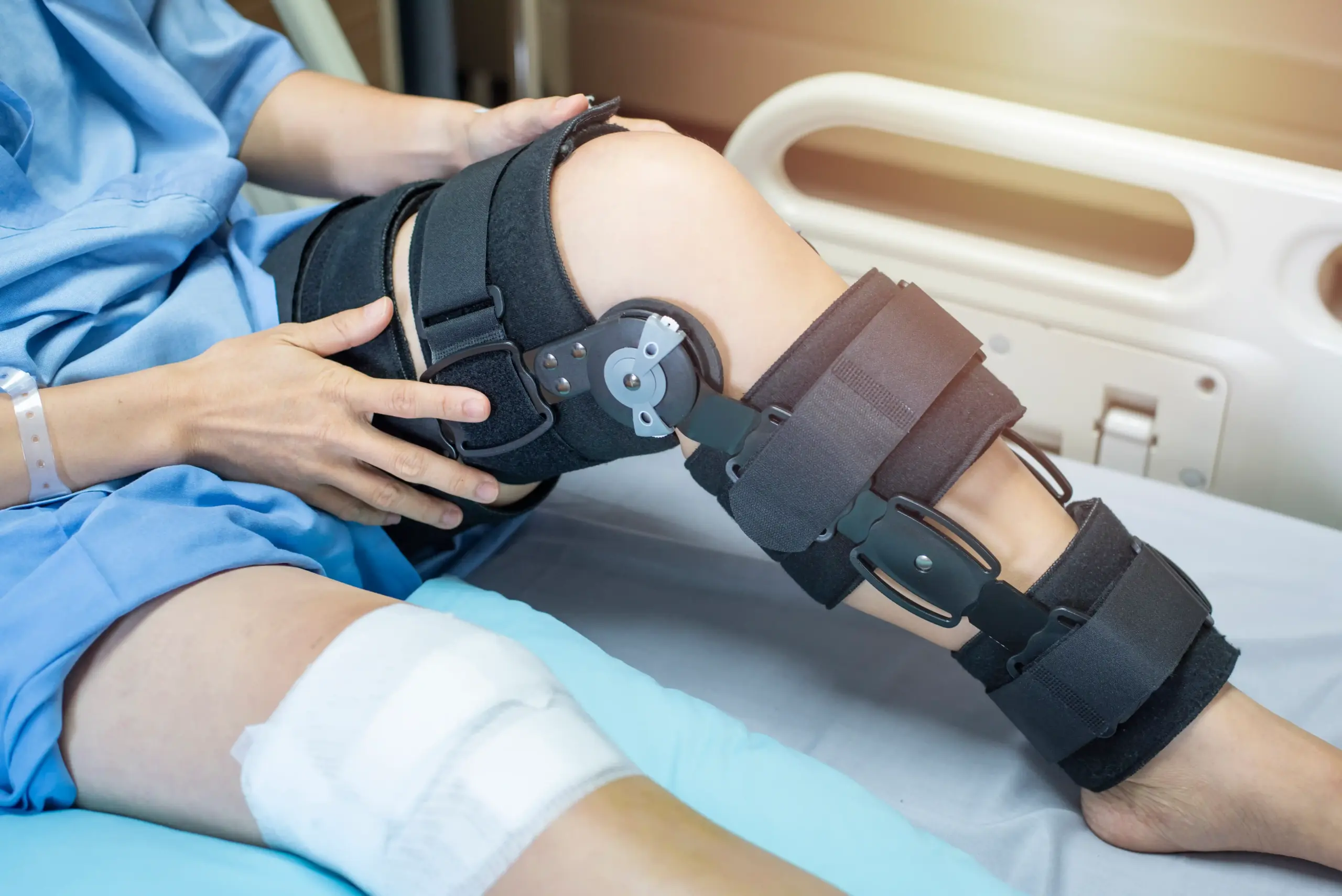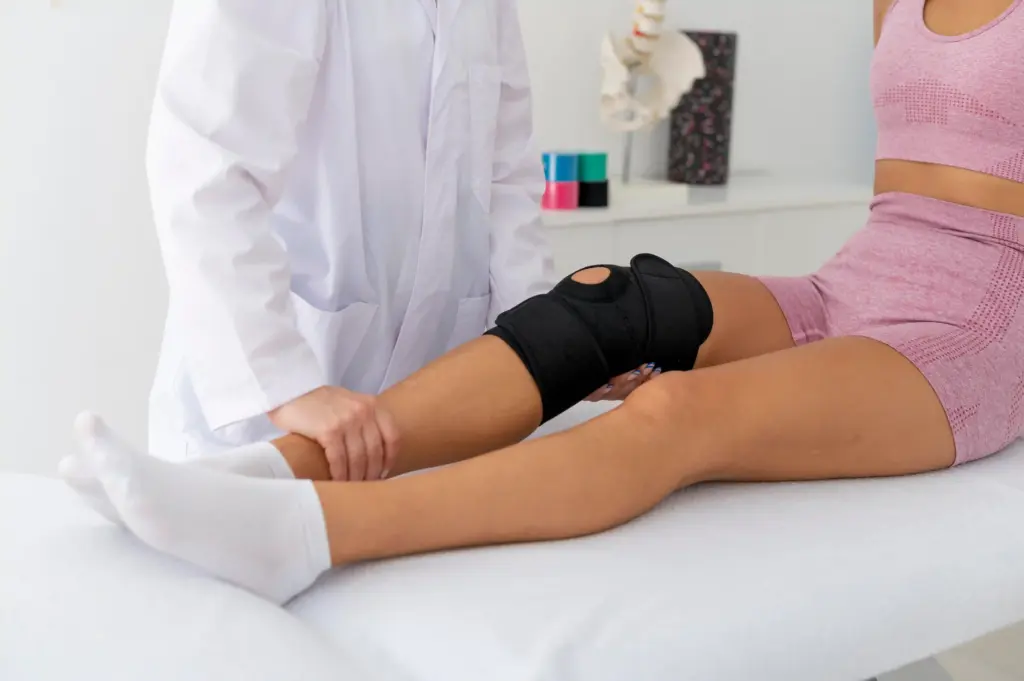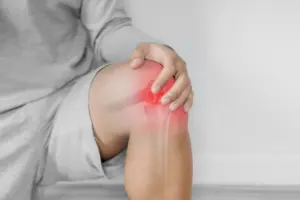Advanced Smart Technique Knee Replacement Surgery
Experience Smart Technique Knee Replacement for faster recovery, minimal pain, and lasting joint strength using advanced surgical precision.

Smart Technique Knee Replacement
Smart Technique Knee Replacement (STKR) is an innovative approach to knee replacement surgery that incorporates advanced technology to enhance the precision and effectiveness of the procedure. The Smart Technique focuses on using computer-assisted navigation systems, robotics, and real-time imaging to ensure the most accurate placement of the knee implant. This technique is designed to reduce surgical errors, improve alignment, and ultimately deliver better outcomes for patients.
Unlike traditional knee replacement surgeries, where the alignment and placement of the prosthesis depend largely on the surgeon’s judgment and experience, the Smart Technique uses advanced imaging systems and robotic assistance to plan and perform the surgery with extreme precision. The result is better knee function, improved implant longevity, and faster recovery times.
The primary goal of Smart Technique Knee Replacement is to offer patients a minimally invasive, highly accurate procedure that reduces complications and enhances post-operative recovery. This procedure is suitable for individuals suffering from knee arthritis, trauma, or degenerative joint diseases who need knee replacement but want a more advanced, tech-driven solution to their joint problems.

Early Detection Saves Lives
Early detection and treatment are crucial for improving the chances of survival. If you notice any concerning symptoms, consult a healthcare provider immediately.
Signs and Symptoms
Chronic Knee Pain
Persistent pain that limits walking, climbing, or daily activities.
Joint Stiffness
Difficulty bending or straightening the knee, especially after rest.
Swelling and Inflammation
Frequent swelling that doesn’t improve with medication or rest.
Decreased Mobility
Reduced range of motion affecting balance and stability.
Bone-on-Bone Grinding
Severe arthritis causing friction, discomfort, and joint deformity.
Blood in Urine
Hematuria - pink, red, or dark urine, the most common symptom
Frequent Urination
Feeling the need to urinate frequently, even when bladder is not full
Painful Urination
Experiencing pain or burning sensation while urinating
Back or Pelvic Pain
Pain that occurs as the cancer grows and spreads
Unexplained Weight Loss
Significant weight loss not related to diet or exercise
Fatigue
Feeling unusually tired or weak without a clear cause
Meet Our Expert Smart Technique Knee Replacement
Risk Factors
Smoking
Smoking is one of the leading causes of bladder cancer. Chemicals in tobacco smoke can damage the lining of the bladder, increasing the risk.

Gender
Men are at a higher risk of developing bladder cancer than women.

Chronic Bladder Infections or Inflammation
Conditions such as bladder infections and long-term bladder inflammation can increase the risk.

Exposure to Chemicals
Prolonged exposure to certain chemicals, especially those used in the dye industry, rubber production, and chemical manufacturing, increases the risk.

Age
Older adults may have a slower recovery rate and increased risk of complications post-surgery, even with the precision of the Smart Technique.

Obesity
Excess weight can strain the knee joint, increasing the risk of complications such as infection, blood clots, or implant failure.

Knee Deformities
Severe knee deformities, such as bowlegs or knock knees, may require special adjustments or alternative techniques to ensure optimal implant placement.

Existing Medical Conditions
Conditions like diabetes, heart disease, or rheumatoid arthritis can increase the risk of complications such as infections, slow healing, and poor surgical outcomes.

Previous Knee Surgeries
Past knee surgeries can lead to scar tissue or anatomical changes that may make the procedure more complex.

Infection Risk
As with any surgery, there is a risk of infection, particularly if proper sterilization and post-surgical care are not followed.

Smart Technique Knee Replacement
Diet and Nutrition
Prevention
Diagnosis
Key Services
Key Facilities
A well-balanced diet is essential before and after Smart Technique Knee Replacement surgery to ensure proper healing and overall health. Key dietary considerations include:
- Protein-Rich Foods: Protein is essential for muscle recovery and tissue repair. Lean meats, fish, beans, and dairy products are excellent sources of protein.
- Calcium and Vitamin D: These nutrients are crucial for bone health. Calcium-rich foods such as dairy, leafy greens, and fortified cereals help strengthen bones, while Vitamin D helps with calcium absorption.
- Anti-Inflammatory Foods: Omega-3 fatty acids found in fish, walnuts, and flaxseeds can help reduce inflammation in the knee joint. Additionally, antioxidant-rich foods like berries, spinach, and tomatoes can support healing.
- Hydration: Staying hydrated is crucial for overall health, as it helps reduce swelling, lubricate the joints, and speed up recovery.
- Iron and Zinc: Iron-rich foods such as leafy greens and lean meats, as well as zinc-rich foods like nuts and seeds, help support immune function and wound healing.
- Limit Processed Foods: Minimize processed and high-sodium foods that can contribute to swelling, increased blood pressure, and slow recovery.
While not all risk factors can be avoided, there are steps you can take to reduce the risk of needing Smart Technique Knee Replacement or to improve surgical outcomes:
- Maintain a Healthy Weight: Carrying excess weight puts unnecessary stress on the knee joint, which can accelerate the degeneration of cartilage. Keeping a healthy weight reduces the strain on the knee and may help prevent the need for surgery.
- Regular Exercise: Low-impact activities like swimming, biking, and walking can strengthen the muscles around the knee joint, improving its stability and function. Strengthening the quadriceps, hamstrings, and calf muscles helps to better support the knee.
- Avoid High-Impact Activities: Activities that place excessive pressure on the knee, such as running or jumping, should be minimized to protect the knee joint from further wear and tear.
- Use Proper Footwear: Wearing shoes with proper arch support can help reduce stress on the knee joint during daily activities. Avoid high heels or shoes that don’t offer adequate support.
- Stretching and Flexibility: Regular stretching exercises improve the flexibility of the knee joint, which can help prevent stiffness and improve mobility.
- Joint Protection: Use knee pads or braces when engaging in activities that may expose your knees to injury or excessive strain.
Before undergoing Smart Technique Knee Replacement, a thorough evaluation is required to determine the extent of knee damage and the best course of action:
- Physical Examination: The doctor will assess your knee’s range of motion, check for swelling, and evaluate any signs of instability or weakness.
- X-Rays: X-rays provide detailed images of the knee joint and help the surgeon evaluate the extent of cartilage damage, bone wear, and joint alignment.
- MRI or CT Scans: These imaging techniques provide a more detailed view of the soft tissues, including cartilage, ligaments, and tendons, to help the surgeon plan the surgery with precision.
- Blood Tests: Blood tests may be ordered to rule out infection or assess the patient’s overall health, including any underlying conditions that may affect surgery.
- 3D Mapping and Imaging: In some cases, advanced imaging techniques like 3D mapping are used to create a customized plan for knee replacement, allowing the surgeon to plan the precise placement of the prosthesis.
Based on these diagnostic evaluations, the healthcare provider will determine if Smart Technique Knee Replacement is the most suitable option.
Several services are provided in hospitals or clinics performing Smart Technique Knee Replacement to ensure the best outcomes for patients:
- Pre-Surgical Consultation: A comprehensive assessment to review the patient’s medical history, discuss the surgery, and create a personalized treatment plan.
- Robotic-Assisted Surgery: The Smart Technique utilizes robotics and advanced imaging to ensure that the knee implant is precisely placed, improving the accuracy of the procedure.
- Pain Management: The hospital will provide various pain control options, including medications, nerve blocks, and physical therapy to ensure comfort during and after surgery.
- Physical Therapy: Rehabilitation programs designed to restore mobility, strength, and flexibility after the procedure. Physical therapy plays a crucial role in ensuring a full recovery.
- Post-Operative Monitoring: Patients are closely monitored after surgery to prevent complications and ensure proper healing.
Hospitals and clinics offering Smart Technique Knee Replacement should have advanced facilities to support the surgical process and recovery:
- Modern Surgical Theaters: Equipped with robotic technology, 3D imaging, and computer-assisted navigation systems to ensure the highest precision during surgery.
- Rehabilitation Centers: On-site physical therapy departments equipped with the latest tools and techniques to help patients recover quickly and restore knee function.
- Recovery Rooms: Comfortable and well-equipped recovery rooms to monitor the patient’s condition and ensure a smooth transition from surgery to recovery.
- Orthopedic Units: Specialized departments focused on joint health and recovery, staffed with experienced orthopedic surgeons, nurses, and therapists.
- Post-Surgery Monitoring: Dedicated units for the management of post-operative care, preventing complications like infection, blood clots, or implant misalignment.
Top Medical Facilities at Our Multispeciality Hospital – Here’s What Makes Us Different!
Ready to Begin Your Smart Technique Knee Replacement Journey?
Learn More About Smart Technique Knee Replacement Care
Frequently Asked Questions
Smart Technique Knee Replacement offers several advantages, including higher precision, improved alignment, and quicker recovery times. The use of robotics and computer-assisted navigation ensures that the prosthesis is placed with greater accuracy, leading to better knee function, less pain, and longer-lasting results.
Recovery time typically ranges from 6 weeks to 3 months. Most patients can begin walking with assistance within a few days, and physical therapy plays a crucial role in regaining mobility and strength. Full recovery, including the return to normal activities, may take up to 6 months.
While the Smart Technique reduces the risk of surgical errors, risks still exist, including infection, blood clots, implant loosening, or nerve damage. Following the surgeon’s post-operative instructions and attending follow-up appointments helps minimize these risks and ensure a successful recovery.
